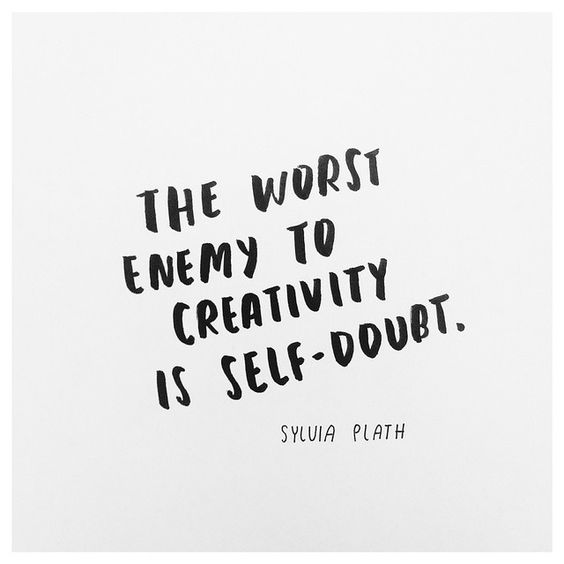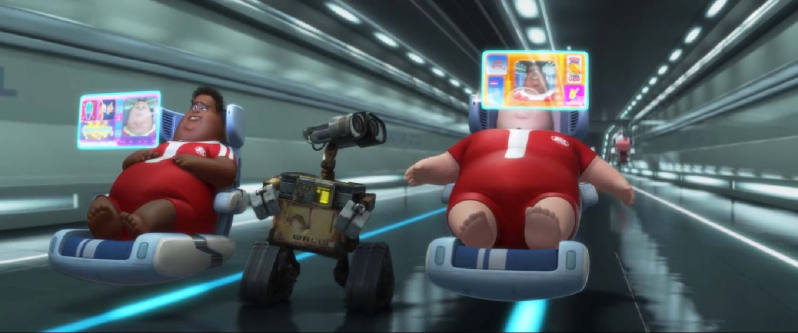EntrepreneursTribe 2013). Blogging, Brand Design & Social Media Tips | Fashion Blogger Lady Melbourne.
Available at: https://www.youtube.com/watch?v=-z16_5kG1x4 [Accessed 3 Aug. 2016].
In this interview with Phoebe Montague, owner of popular Melbourne blog “Lady Melbourne” the interviewer discusses with Montague her secret ingredients for creating an authentic online persona. She states how important it is to understand the blogosphere to engage people on a personal level. It is important connection to establish between the influencer and their audience. Montague therefore decided it was in her best interest to work alone so that she “could travel with [her] blog”. Montague was self-taught in programs such as Final Cut Pro and the basics of blog HTML Coding. This lead her to the production of her blog layout, which she states that any layout must always be very clear, with the links to other socials made obvious because “you can’t avoid other forms of social media”. She further adds to this statement by saying that your blog should reflect your personality, but allow a broad audience. Outside of her career, Montague states how working as a blogger/influencer allows her to work at home and make up her own hours. She says she has been enabled to take on a variety of opportunities because the people around her have been supportive of this career that doesn’t run to a standard 9-5 schedule. Lastly, she says how important it is for herself, and everyone else entering the blogging industry to “believe in what you are doing”.
Nalty, K, Scott D.M, 2010, Beyond Viral, vol.1 pp.131-144
Chapter 9 of Beyond Viral explores a grey area of stardom and fame which is marketing via webstars. It focuses on how brands partner with webstars to create entertaining promotion, which is a more credible source than a hard-sell TV or radio advertisement. By definition in this book, a webstar is considered a person who “has an authentic and regular connection with a growing audience, and has as many as 100k – 1 million subscribers”. These are the people that brands seek out to endorse products in an authentic and transparent way. For example, sponsored Youtube videos may include a webstar talking about their favourite makeup products in less detail, then featuring a Revlon mascara which has sponsored the video. Sometimes these sponsorships go unnoticed and are “often as entertaining as regular videos”. Then comes the legality of it all. If a video is sponsored, the webstar is legally required to mention the brand and also that the content is an “ad” or “Sponsored” somewhere in the title or video thumbnail before a person has even clicked onto it. I believe this is a grey area because some webstars can be seen to be a “sell out” because they receive money from their sponsored mentions. Alternatively, this reading explores the concept that “branded storytelling” is fair game, and creators should be allowed to endorse products to produce income.
Carah N, Shaul M, 2016, Brands and Instagram: Point, tap, swipe, glance Vol.4(1), pp.69-84
This article explores the social media platform of Instagram as a method of branding and advertising for companies. Instagram is so unique because of its multifaceted engagement that can take the form of likes and comments, but also pauses on particular images, hash tags and individual profiles. It has a sophisticated home feed, but also the explore feed algorithm that is personalized according to the individual and their interests. The explore tab curates content similar to what has previously been clicked on. A predominant mode of branding is the positive interactions between brands and mini communities being formed based on similar interests. This exists in the form of comments, likes and re-grams where brands and individuals promote. This is essential to the success of a brand as “each interaction with an image generates data that makes the image available in wider flows of content on the platform”. Basically, one like could make an image known to the whole of Instagram. This article also looks at “cultural intermediaries” that is essentially, in this case, the communication and interaction between accounts and people. Supposing someone wanted to be noticed wearing a necklace from a particular brand and wanted the brand to –re-gram – they would post a photo of them wearing the necklace in a similar to the style and vibe of the brand’s Instagram account.
Crosson, A, 2016 “Grow Your Brand With a Culture of Content Creators” Available at: http://www.business2community.com/content-marketing/grow-brand-culture-content-creators-01594556#IKcpoTYYKdKZdIbh.97 [Accessed August 3, 2016]
This online article begins with a really good quote which states “If people like you, they will listen to you. If they trust you, they will do business with you”. This forms the idea that for companies to invest in you, you must be likeable. As defined in the article, a content creator is traditionally something like a copywriter or graphic designer – but nowadays it is more inclusive to professions like Youtuber or Blogger. One of the challenges faced by brands is creating awareness and credibility around products, therefore employing content creators is ideal for cross promotion. A key idea raised is that “content that influences isn’t selling a product. It is selling an ideal”. Take Kylie Jenner for example – the most influential teenage girl on the internet (at the moment). They are frequently shown on Instagram wearing and endorsing what is called a “waist trainer” – a corset that assists in shaping a woman’s figure. Girls aren’t really buying the product – they’re buying the figure of Kylie Jenner. To summarise, this article answers the question of “what can content creators do for my brand?” the answer is simple – a creator generates authenticity, brand awareness and engagement with the brand.





